

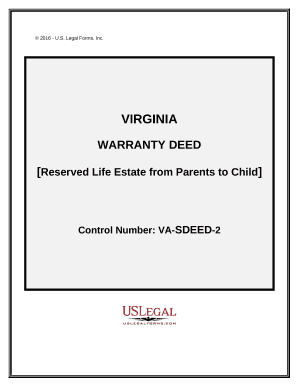
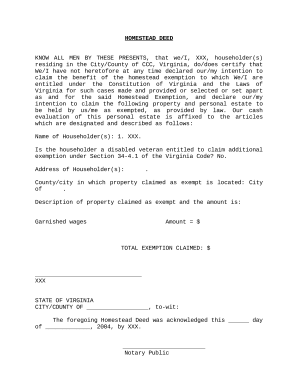
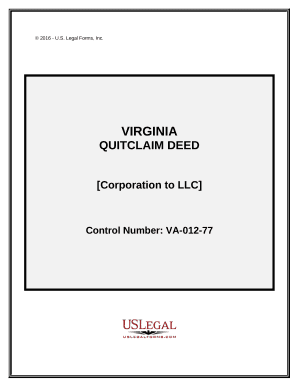
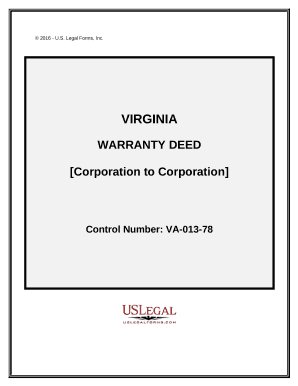
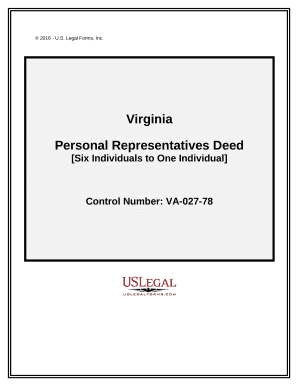
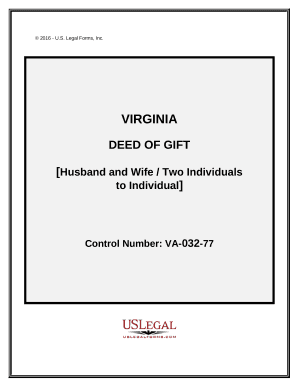
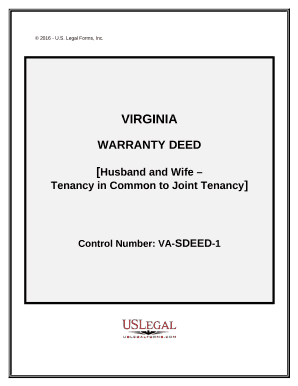
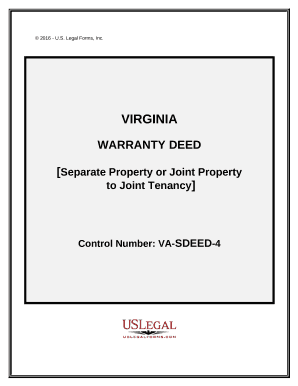

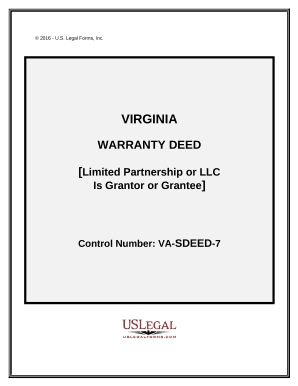
Document administration can overpower you when you can’t find all the documents you need. Luckily, with DocHub's vast form library, you can get everything you need and swiftly handle it without changing between programs. Get our Virginia Real Estate Deeds and start working with them.
The best way to manage our Virginia Real Estate Deeds using these simple steps:
Try out DocHub and browse our Virginia Real Estate Deeds category with ease. Get a free profile today!